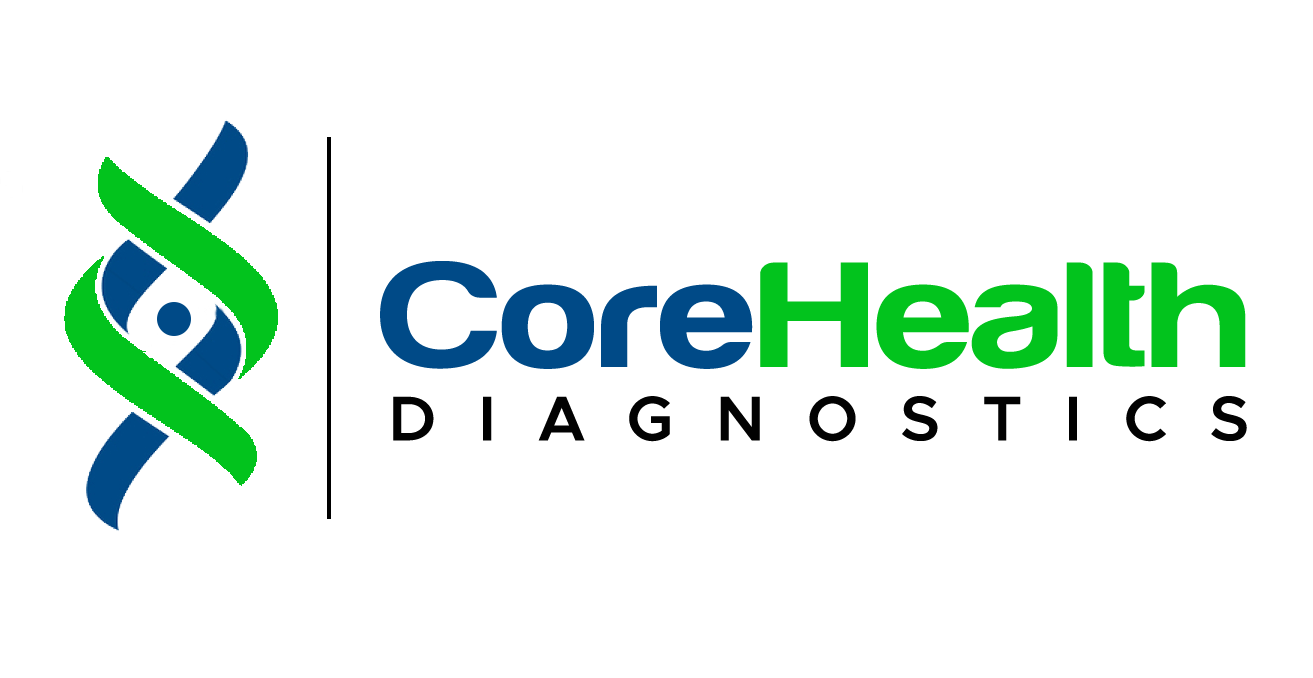When it comes to feeding a newborn, one of the most significant decisions parents face is whether to breastfeed or bottle-feed.
Each method has its own set of advantages and disadvantages, and the choice can be influenced by various factors, including health considerations, lifestyle, and personal preferences.

Understanding the pros and cons of both breastfeeding and bottle-feeding can help parents make an informed decision that best suits their family’s needs.
1. Nutritional Value
Breastfeeding:
Breast milk is often referred to as the “gold standard” of infant nutrition. It contains the perfect balance of nutrients that a baby needs in the first six months of life, including proteins, fats, vitamins, and minerals.
Additionally, breast milk contains antibodies and other immune-boosting properties that help protect the baby from infections and illnesses.
These antibodies cannot be replicated in formula, giving breastfed babies an added layer of protection against common childhood ailments such as ear infections, respiratory illnesses, and digestive problems.
Bottle-Feeding:
Infant formula is designed to mimic breast milk as closely as possible, and modern formulas provide balanced nutrition for babies.
While formula lacks the antibodies found in breast milk, it still offers essential nutrients that support a baby’s growth and development.
For parents who cannot or choose not to breastfeed, formula feeding is a safe and effective alternative that ensures the baby receives adequate nutrition.
2. Convenience and Flexibility
Breastfeeding:
One of the key advantages of breastfeeding is its convenience—there’s no need to prepare bottles or worry about having the right supplies on hand.
Breast milk is always at the right temperature and ready to go, whether at home or on the move. However, breastfeeding can also be demanding, especially in the early days when feedings are frequent.
Mothers who return to work or have busy schedules may find it challenging to maintain a breastfeeding routine. In such cases, pumping and storing breast milk can offer some flexibility, but it requires additional effort and planning.
Bottle-Feeding:
Bottle-feeding, whether with formula or expressed breast milk, offers greater flexibility. It allows other caregivers, including partners and family members, to participate in feeding, giving the mother a chance to rest or manage other tasks.
Bottle-feeding can also be more convenient for mothers who return to work or have irregular schedules, as it’s easier to measure the exact amount of milk the baby is consuming. However, bottle-feeding requires preparation, including sterilizing bottles and nipples, mixing formula, and ensuring the right temperature, which can be time-consuming.
3. Bonding and Emotional Connection
Breastfeeding:
Breastfeeding fosters a unique emotional bond between mother and baby. The physical closeness during breastfeeding promotes skin-to-skin contact, which is crucial for a newborn’s emotional development and helps strengthen the bond between mother and child.
The act of breastfeeding also triggers the release of oxytocin, known as the “love hormone,” which enhances the emotional connection between mother and baby.
Many mothers find breastfeeding to be a deeply fulfilling experience that nurtures both the physical and emotional needs of their baby.
Bottle-Feeding:
While breastfeeding is often highlighted for its bonding benefits, bottle-feeding can also foster a strong emotional connection between baby and caregiver.
The key is to ensure that feeding time is a quiet, nurturing experience, with plenty of eye contact, cuddling, and gentle talk. Bottle-feeding allows other family members to share in the bonding experience, which can strengthen the family unit and give the baby multiple sources of love and comfort.
The emotional connection during bottle-feeding can be just as strong as with breastfeeding when the focus is on creating a warm, caring environment.
4. Health Considerations for Mother and Baby
Breastfeeding:
For babies, the health benefits of breastfeeding are well-documented. Breastfed babies have a lower risk of developing conditions such as asthma, allergies, obesity, and type 2 diabetes later in life. Breastfeeding is also associated with a lower incidence of sudden infant death syndrome (SIDS).
For mothers, breastfeeding offers health benefits such as a reduced risk of breast and ovarian cancers, type 2 diabetes, and postpartum depression. Breastfeeding also helps the uterus return to its pre-pregnancy size more quickly due to the release of oxytocin.
Bottle-Feeding:
Bottle-feeding can be a healthier option in certain situations. For instance, if a mother is on medication that could be harmful to the baby through breast milk or has a health condition that makes breastfeeding difficult or unsafe, formula feeding is the safer choice.
Formula-fed babies can still grow up healthy and thrive, especially when the formula is carefully chosen to meet the baby’s nutritional needs. Bottle-feeding also allows for more accurate monitoring of the baby’s intake, which can be important in cases where weight gain needs to be closely tracked.
5. Cost and Accessibility
Breastfeeding:
Breastfeeding is generally more cost-effective than formula feeding since breast milk is naturally produced and doesn’t require any special equipment.
However, there may still be some costs associated with breastfeeding, such as purchasing a breast pump, nursing bras, or breastfeeding pillows. In areas with limited access to clean water or where formula is prohibitively expensive, breastfeeding can be the more accessible option.
Bottle-Feeding:
Formula feeding can be expensive, especially when you consider the ongoing cost of purchasing formula, bottles, nipples, and other supplies.
The price of formula can vary depending on the brand and type (e.g., regular, hypoallergenic, organic), and these costs can add up over time. For some families, formula feeding may also require budgeting for additional expenses, such as bottle sterilizers and insulated bottle carriers for on-the-go feeding.
However, for mothers who are unable to breastfeed, the cost of formula may be a necessary and worthwhile expense to ensure their baby receives proper nutrition.
6. Social and Cultural Influences
Breastfeeding:
Social and cultural attitudes toward breastfeeding can vary widely, influencing a mother’s decision to breastfeed. In some cultures, breastfeeding is strongly encouraged and supported, with family and community members playing an active role in promoting and facilitating breastfeeding.
However, in other settings, mothers may face challenges such as a lack of public breastfeeding spaces, societal stigma, or pressure to return to work quickly, all of which can make breastfeeding more difficult.
Bottle-Feeding:
Bottle-feeding may be more socially accepted in some communities, particularly where there is less support for breastfeeding or where formula feeding is the norm.
Some mothers may choose bottle-feeding to avoid the public scrutiny that sometimes accompanies breastfeeding, especially in places where breastfeeding in public is less accepted.
Additionally, bottle-feeding may be more compatible with modern lifestyles, where convenience and flexibility are highly valued. Understanding the cultural context can help parents navigate their feeding choices and seek out the support they need.
Conclusion
Both breastfeeding and bottle-feeding have their own set of pros and cons, and the best choice depends on the individual circumstances of the mother and baby. Breastfeeding offers unmatched nutritional benefits, emotional bonding, and health advantages for both mother and child.
However, it can be demanding and may not be feasible for everyone. Bottle-feeding, on the other hand, provides flexibility, convenience, and allows others to participate in the feeding process, but it comes with its own set of challenges, including cost and preparation time.
Ultimately, the decision between breastfeeding and bottle-feeding is a personal one that should be made based on what works best for the family.
It’s important for parents to feel supported in their choice, knowing that both methods can nourish and nurture their baby effectively. Whether breastfeeding, bottle-feeding, or a combination of both, the most important factor is that the baby is fed, healthy, and loved.




